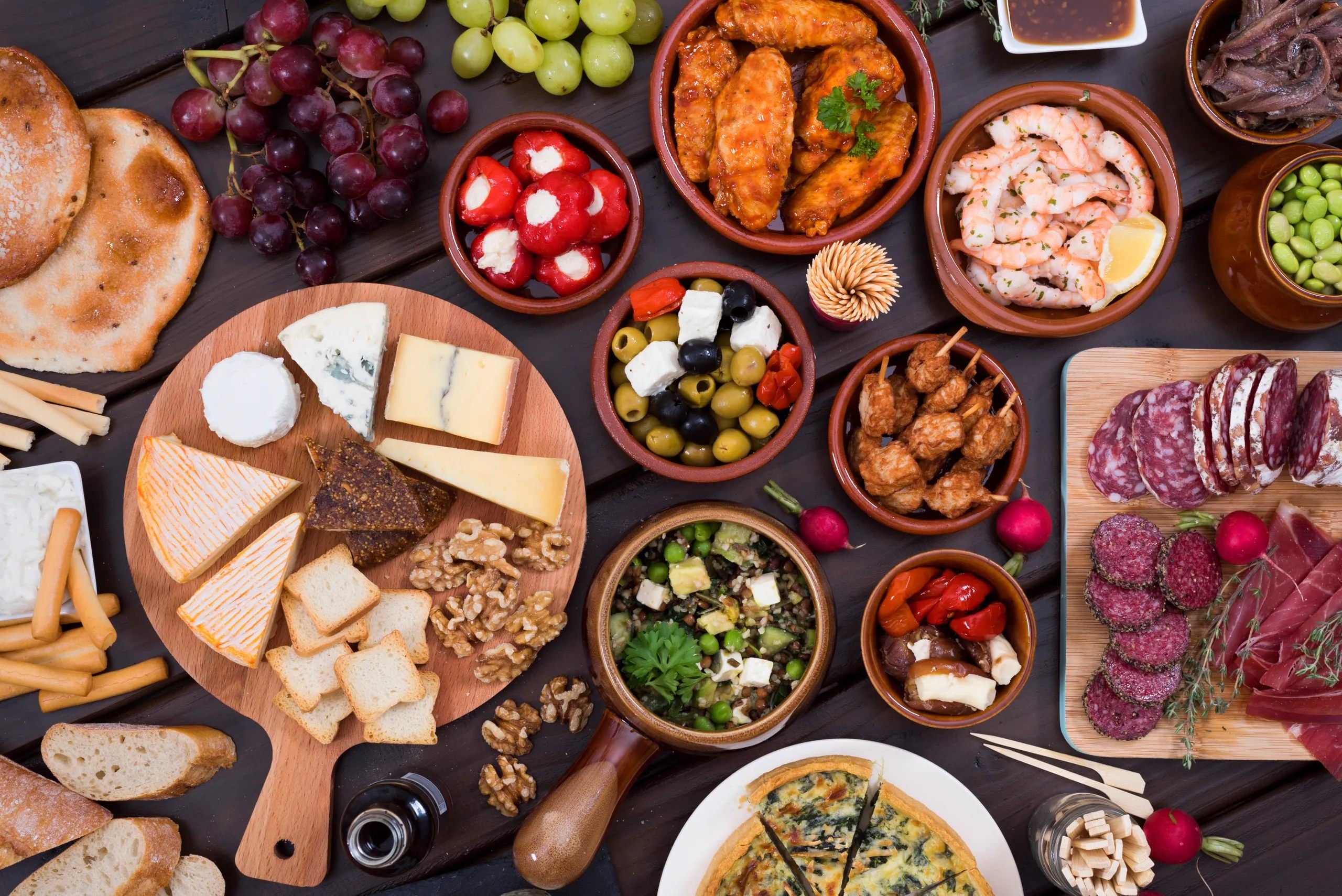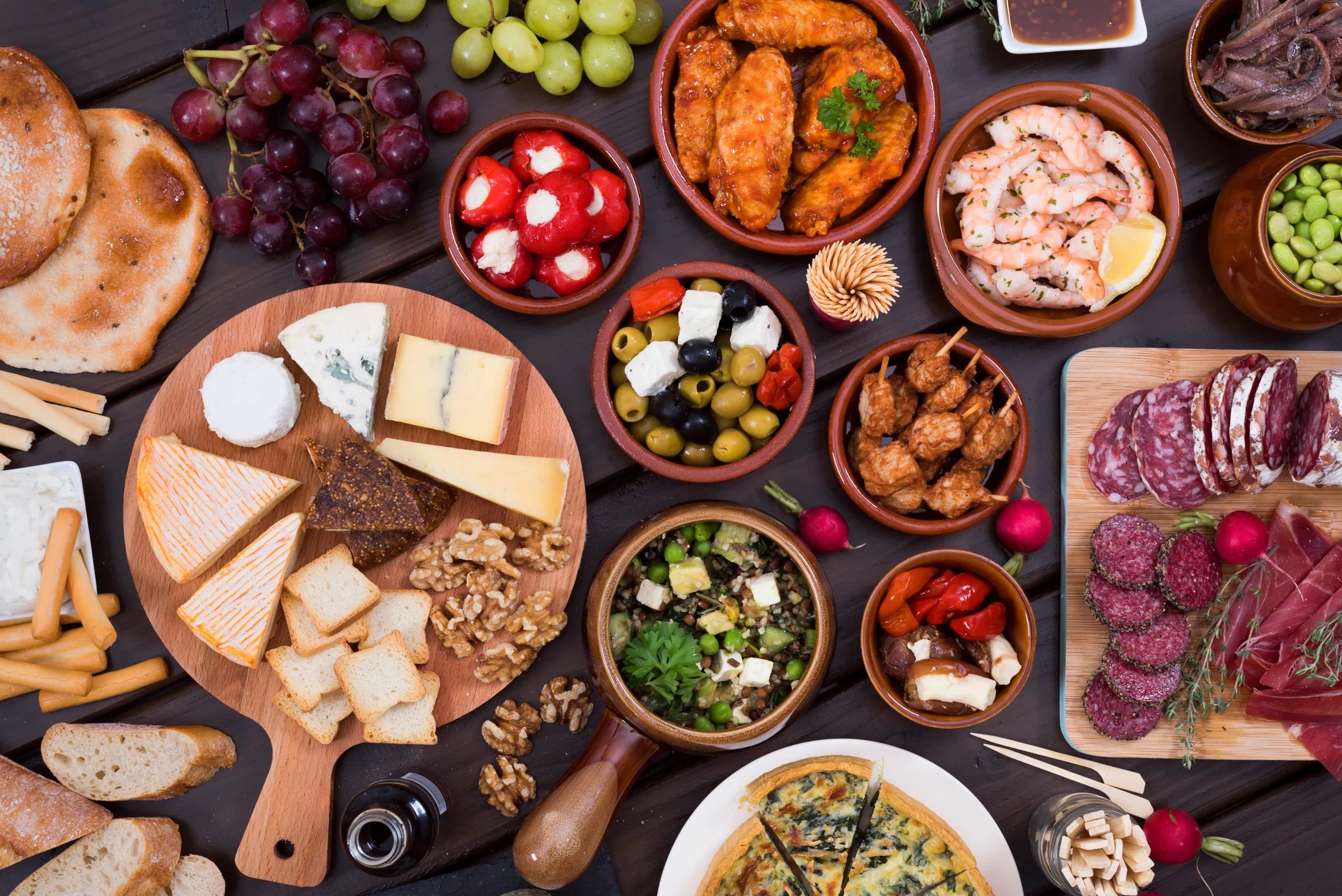New Year's Day meals not only symbolize the wish for prosperity and abundance, but are also an occasion for family members to reunite and gather together, praying for good things in the new year.
In Japan, although not focusing on Lunar New Year like many neighboring Asian countries, this country still retains a very unique culinary tradition. Osechi Ryori - a traditional meal in this country has existed for more than 1000 years and has become more and more diverse over time, reflecting the prosperity and abundance of the family.
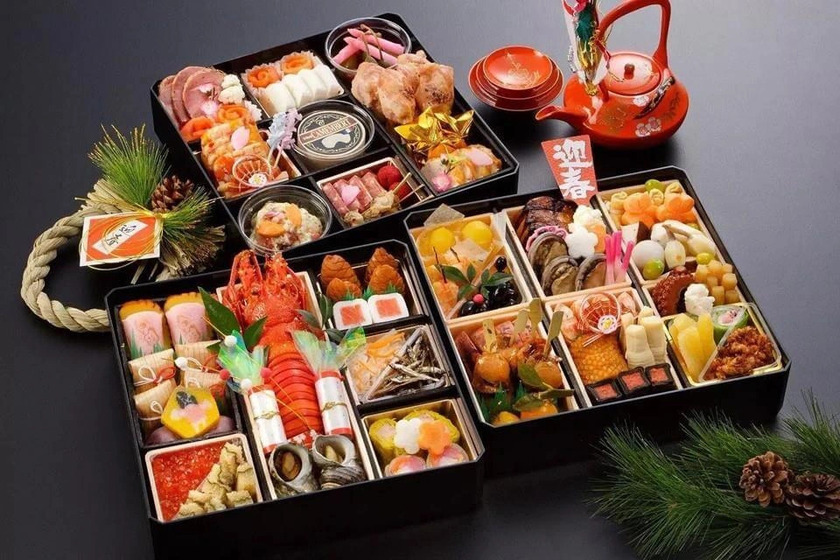
Osechi is both a feast offered to the gods of the New Year and a dish to pray for prosperity for the family.
Every December 31st, Soba noodle shops in Japan are always crowded with people coming to enjoy them together. According to custom, Soba noodles are long and chewy but also easy to bite off, symbolizing the end of bad luck from the old year, welcoming the new year with lots of luck.
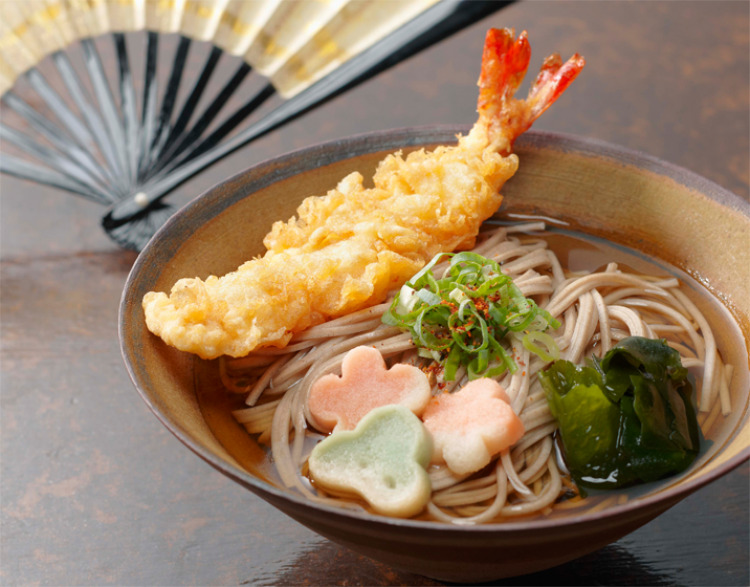
The custom of eating soba noodles on New Year's Eve spread during the mid-Edo period (1603-1868).
In France, the New Year's Eve feast is not complete without a turkey stuffed with chestnuts, a tradition that has lasted for centuries. Foie gras, seafood, meat and wine are important ingredients in this lavish feast.

It can be said that this is the oldest and most traditional dish in the New Year party in France.
For Italians, an indispensable dish on New Year's Eve is Cotechino con Lenticchie or Zampone con Lenticchie - a traditional dish consisting of sausage and lentils. This combination symbolizes the wish for abundance and luck in the first days of the year.
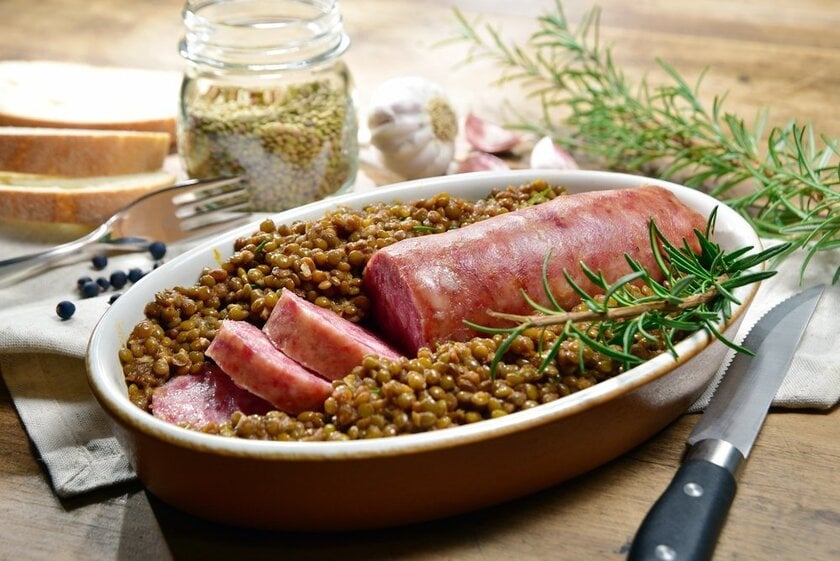
The combination of delicious meat chunks and small lentils symbolizes abundance and luck in the first days of the year.
Without the need for elaborate and elaborate dishes, Spaniards often eat grapes to welcome the new year. On New Year's Eve, they will eat 12 grapes in 12 bells to signal the first 12 seconds of the new year, or sip each glass of sweet grape wine. They hope that each grape will bring luck and happiness for a month in the new year.

If a person eats 12 grapes within the time it takes for 12 bells to ring, they may have good luck in the new year.
In Russia, Olivier salad is an indispensable dish at the New Year's meal, combined with various dishes such as bread, caviar and champagne. Russians believe that the richer the table, the more prosperous the New Year.

Many traditional Russian dishes surprise international diners with the harmonious and impressive taste of traditional dishes in the land of the White Birch.
Meanwhile, people in Hungary avoid eating poultry or winged animals for fear that their luck will fly away. They also do not eat fish, crabs or shrimp because they believe that luck will swim away with the fish they eat and seafood that swims sideways or backwards will prevent their luck from moving forward.
Unlike Hungary, the German New Year's dish is carp. This traditional dish is considered to bring good luck and ward off bad luck in the coming year. In addition, they will also prepare a large banquet with meats, cheese, seasonal vegetables and beer. Germans also welcome the New Year with some other dishes such as Pfannkuchen, champagne... Breads of different shapes with the wish that bad luck will disappear and blessings will come to them in the following year.
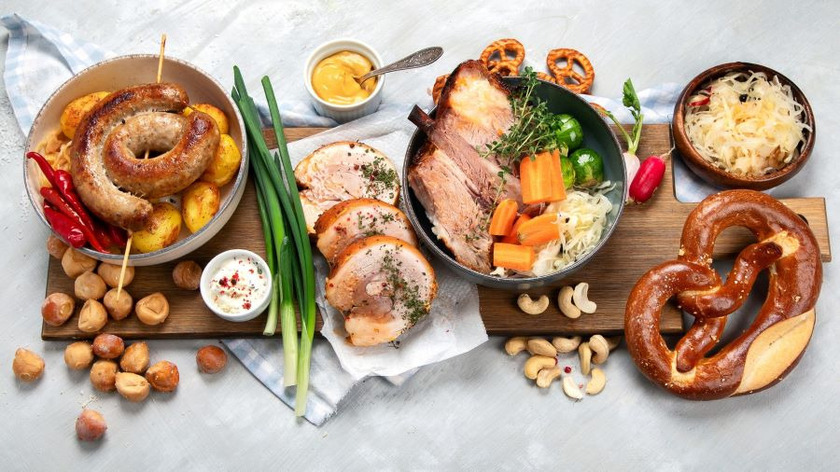
New Year's Eve dinner with typical German traditional dishes.
The Swiss traditionally welcome the New Year with Fondue Chinoise. A small pot placed on the stove, containing attractive cheese balls. On the table, diners can enjoy toppings such as cold cuts, potatoes, tomatoes, salad, ham... They use skewers to dip these ingredients into the pot of melted cheese, and enjoy the dish with crispy toast.

Cheese fondue, the "national dish" of Switzerland.
For Americans, the New Year's meal is often varied with cabbage, sardines, honey, black-eyed peas and indispensable bread - a symbol of abundance and warmth. In the American South, Hoppin' John, made from black-eyed peas or string beans, is an indispensable part. This tradition originated during the Civil War, when the town of Vicksburg (Mississippi) faced famine and residents found black-eyed peas to survive, from which this bean is considered to bring good luck.
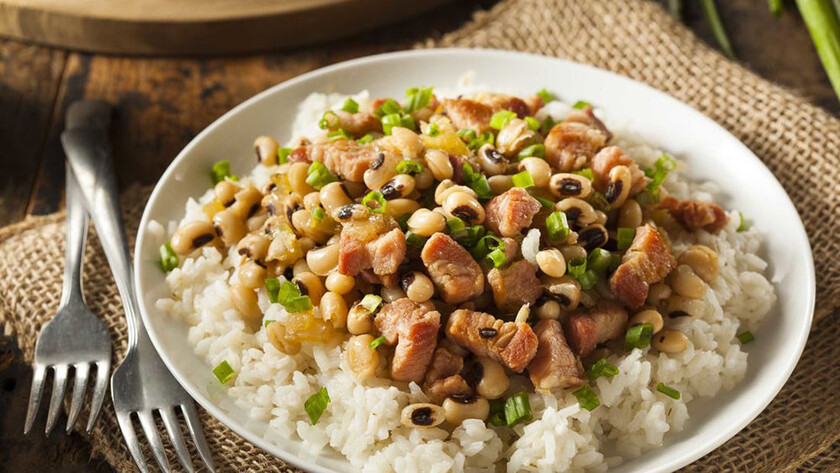
Each part of the Hoppin' John dish symbolizes hope for a lucky new year.
Paraguayans observe "cold food day" during the last five days of the year, when they do not use fire and only eat cold or pre-cooked food. On January 1, they light a fire to celebrate the new year in the hope of a year of warmth and good fortune.
In Mexico, Tamales are a popular New Year's dish. They are made from corn flour, meat, fat, vegetables and cheese, wrapped in corn leaves and steamed for 2 hours. In addition, Menudo soup is made from beef tripe or tripe stewed with onions, coriander, oregano and chili for 7-10 hours and is also a popular New Year's dish in this country.






